Decimal Numbers
The word 'decimal' means based on 10'. This word has been derived from the Latin word decima meaning a tenth part.
The fractional numbers having denominators 10,100,1000, etc. are called decimal fractions or decimals.
Definition of Decimal Numbers:
We have learnt that the decimals are an extension of our number system. We also know that decimals can be considered as fractions whose denominators are 10, 100, 1000, etc. The numbers expressed in the decimal form are called decimal numbers or decimals.
For example: 5.1, 4.09, 13.83, etc.
A decimal has two parts:
(a) Whole number part
(b) Decimal part
These parts are separated by a dot ( . ) called the decimal point.
• The digits lying to the left of the decimal point form the whole number part. The places begin with ones, then tens, then hundreds, then thousands and so on.
• The decimal point together with the digits lying on the right of decimal point form the decimal part. The places begin with tenths, then hundredths, then thousandths and so on………
For example:
(i) In the decimal number 211.35; the whole number part is 211 and the decimal part is .35
It can be arranged in the place-value chart as:
(ii) In the decimal number 57.031; the whole number part is 57 and the decimal part is .031
(iii) In the decimal number 197.73; the whole number part is 197 and the decimal part is .73
Some decimal fractions are expressed as given below:
(i) 410 is expressed as 0.4
(ii) 710 is expressed as 0.07
(iⅲ) 517100 is expressed as 5.17
The 'dot' '.' is called the decimal point.
Therefore, decimal fraction consist of two parts
i,e. whole number part and decimal part, and they are separated by the decimal point.
Note:
1. 3.5 is read as 'three point five'
2. 5.71 is read as 'five point seven one'
3. 10.01 is read as 'ten point zero one'
4. 6.40 is read as 'six point four zero'
● Related Concept
● Decimals
● Conversion of Unlike Decimals to Like Decimals
● Decimal and Fractional Expansion
● Converting Decimals to Fractions
● Converting Fractions to Decimals
● H.C.F. and L.C.M. of Decimals
● Repeating or Recurring Decimal
● BODMAS/PEMDAS Rules - Involving Decimals
● PEMDAS Rules - Involving Integers
● PEMDAS Rules - Involving Decimals
● BODMAS Rules - Involving Integers
● Conversion of Pure Recurring Decimal into Vulgar Fraction
● Conversion of Mixed Recurring Decimals into Vulgar Fractions
● Rounding Decimals to the Nearest Whole Number
● Rounding Decimals to the Nearest Tenths
● Rounding Decimals to the Nearest Hundredths
● Simplify Decimals Involving Addition and Subtraction Decimals
● Multiplying Decimal by a Decimal Number
● Multiplying Decimal by a Whole Number
● Dividing Decimal by a Whole Number
● Dividing Decimal by a Decimal Number
From Decimal Numbers to HOME PAGE
Didn't find what you were looking for? Or want to know more information about Math Only Math. Use this Google Search to find what you need.
Recent Articles
-
Converting Fractions to Decimals | Solved Examples | Free Worksheet
Apr 26, 25 05:04 PM
In converting fractions to decimals, we know that decimals are fractions with denominators 10, 100, 1000 etc. In order to convert other fractions into decimals, we follow the following steps: -
Converting Decimals to Fractions | Solved Examples | Free Worksheet
Apr 26, 25 04:56 PM
In converting decimals to fractions, we know that a decimal can always be converted into a fraction by using the following steps: Step I: Obtain the decimal. Step II: Remove the decimal points from th… -
Worksheet on Decimal Numbers | Decimals Number Concepts | Answers
Apr 26, 25 03:48 PM
Practice different types of math questions given in the worksheet on decimal numbers, these math problems will help the students to review decimals number concepts. -
Multiplication Table of 4 |Read and Write the Table of 4|4 Times Table
Apr 26, 25 01:00 PM
Repeated addition by 4’s means the multiplication table of 4. (i) When 5 candle-stands having four candles each. By repeated addition we can show 4 + 4 + 4 + 4 + 4 = 20 Then, four 5 times -
Subtraction of Decimals | Subtracting Decimals | Decimal Subtraction
Apr 24, 25 03:25 PM
We will discuss here about the subtraction of decimals. Decimals are subtracted in the same way as we subtract ordinary numbers. We arrange the digits in columns

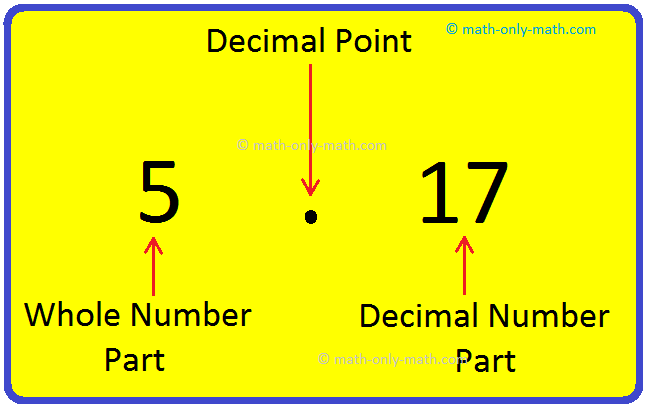






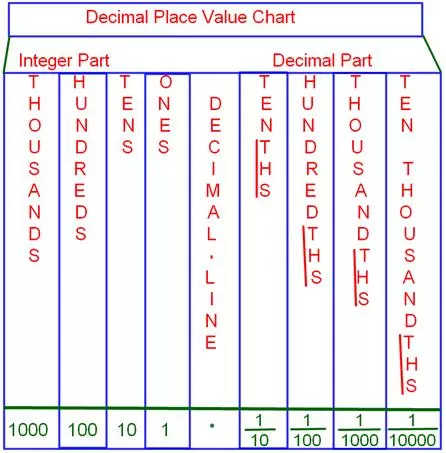
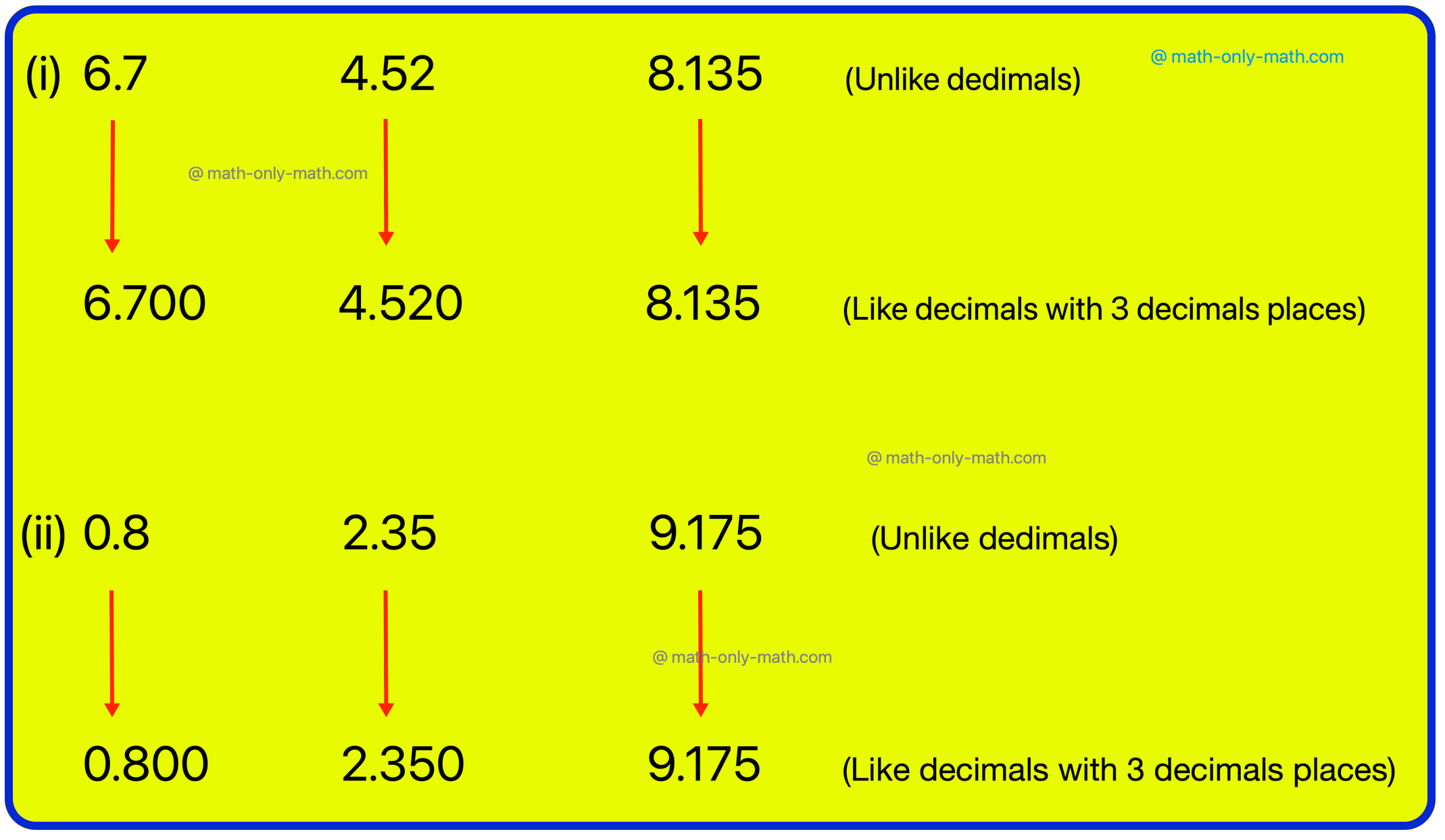





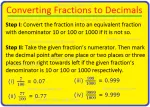
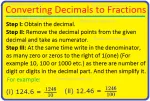
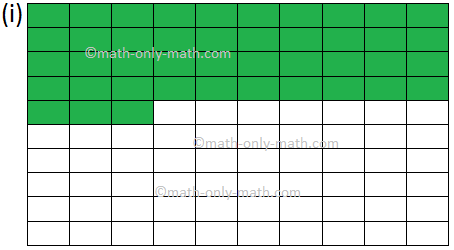
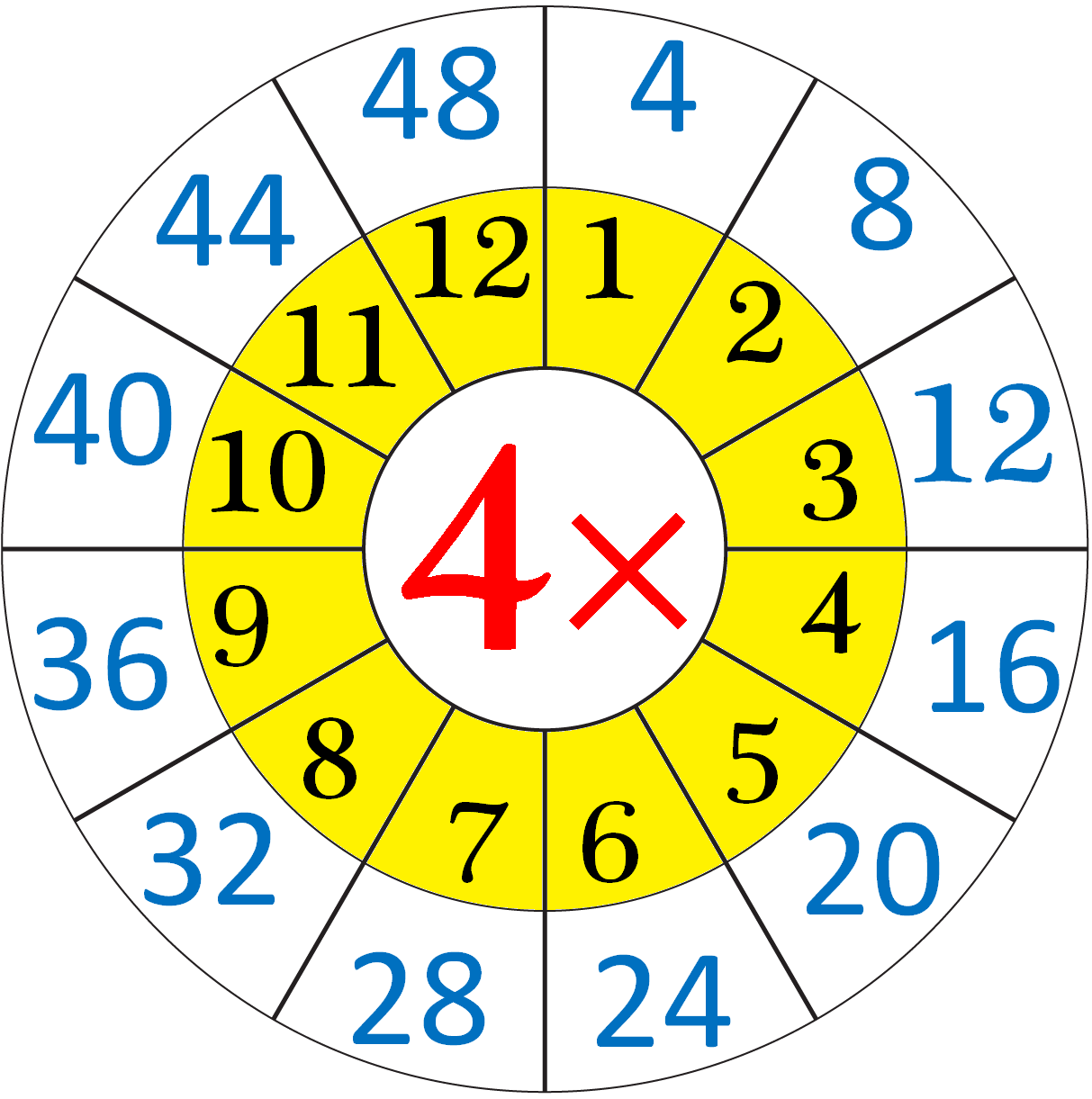
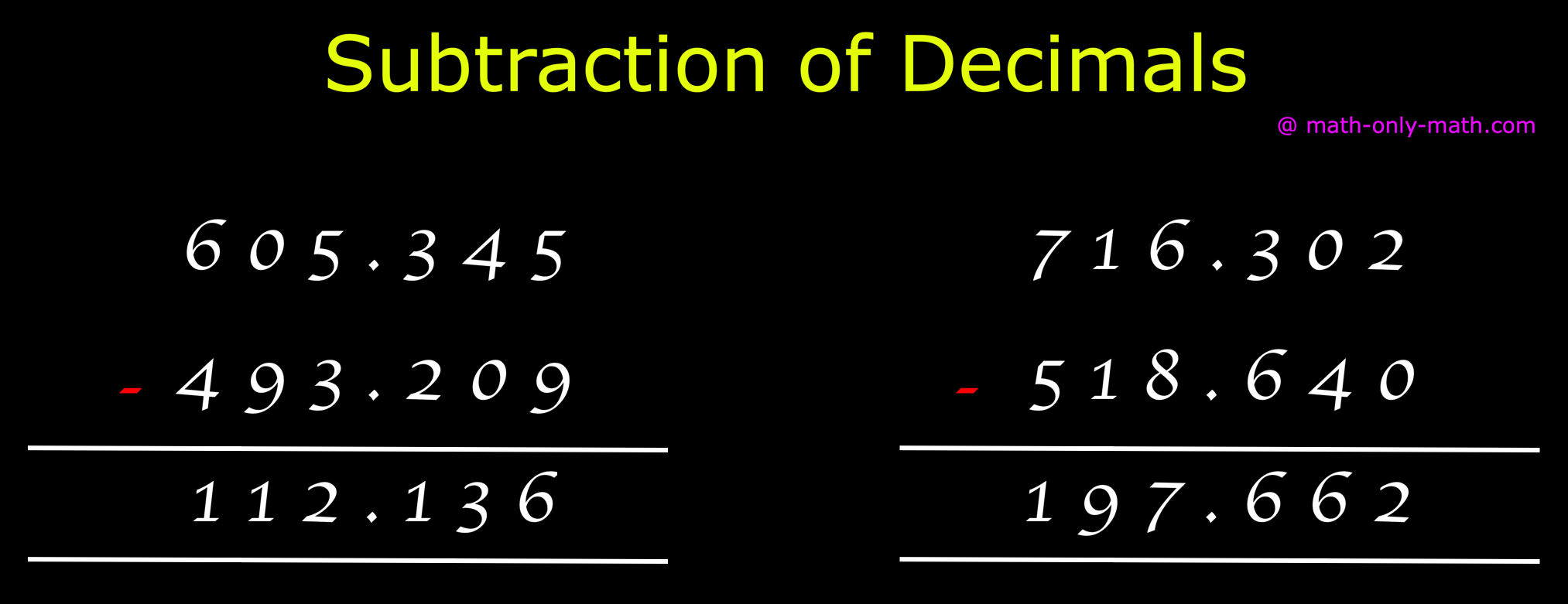
New! Comments
Have your say about what you just read! Leave me a comment in the box below. Ask a Question or Answer a Question.